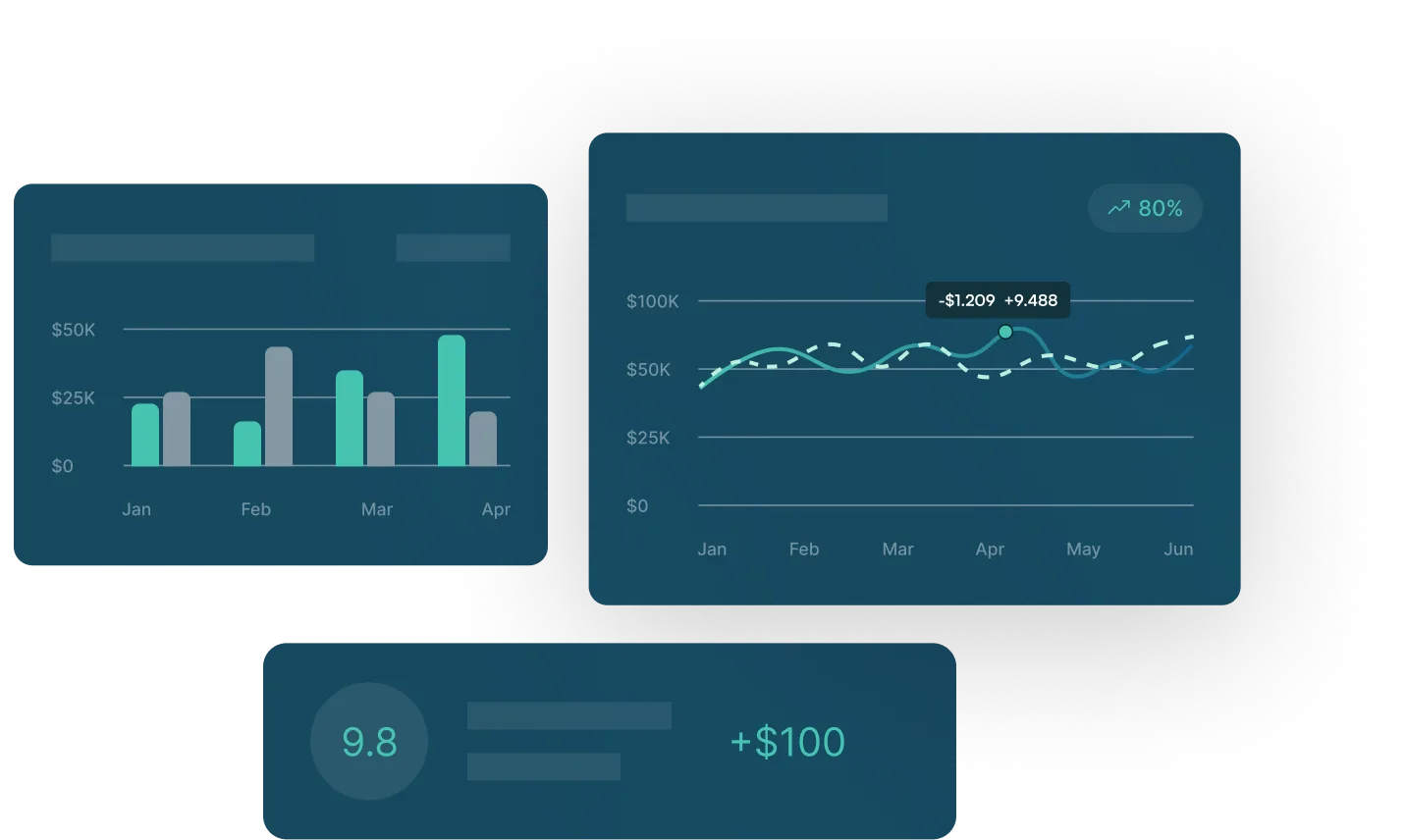What is a Payment Hub?


A payment hub is the central location where payment streams in an organization come together, offering a unified and streamlined approach to payment processing. This article delves into the concept of payment hubs, emphasizing the importance of understanding payment hubs and the benefits of implementing a payment hub solution like a treasury and risk management system.
What is a Payment Hub?
A payment hub serves as a centralized platform that consolidates payment streams from various parts of an organization, including Accounts Payable, Treasury, Finance, and HR. These payment sources are aggregated into a single hub, facilitating the management of outgoing payments and the receipt of incoming payment confirmations, statements, and transaction records.
Payment hubs can also translate payment data into bank-specific file formats and establish direct connections with global banks through various connectivity options like host-to-host, API, or SWIFT. By centralizing these corporate payments, payment hubs enhance efficiency and team productivity while mitigating the risks of fraud.
Challenges Without a Corporate Payment Hub
Without a payment hub solution, managing corporate payments can be a complex and error-prone process. Some common pain points include:
- Reliance on outdated back-office payment systems that demand extensive IT support
- Lengthy lead times to connect with banks through APIs or host-to-host solutions, often requiring substantial IT resources
- Increased risk of payment errors and oversights due to manual processes
- Potential financial losses stemming from duplicate payments
- More operational risks due to potential fraud and non-compliant payments
The Benefits of Using a Payment Hub
Payment hubs offer a host of advantages to treasury and finance leaders, including:
- Reducing Cost: Minimizes the number of systems required to connect with banks, which cuts the cost of bank service fees and software
- Central Responsibility: Enables a single team to oversee all payments, reducing the risk of mistakes and unauthorized payments
- Full Visibility: Provides complete insight into outgoing cash flows, optimizing cash balances, and aiding effective cash and liquidity deployment
- Less Reliance on IT: Cloud-based payment hubs with automated bank format generation and integrated bank connectivity eliminate the need for extensive IT involvement
- Fraud Detection and Compliance: Real-time screening against external sanction lists and digitized payment policies ensures authorized payments are transmitted
Payment Hub Features
A corporate payment hub encompasses these key features, with room for customization:
- Payment Screening and Fraud Protection: Real-time screening and fraud detection act as a defense against unauthorized payments
- Consistent Workflows: Ensures manual payment activities align with the organization’s payment policy and standardized controls
- Wide Bank Connectivity: Integrates with banks worldwide, offering host-to-host and regional network bank interfaces
- Two-Way Communication: Facilitates payments acknowledgments, tracking, and bank status reporting for comprehensive status reporting and visibility
- Enhanced Data and Analytics: Offers business intelligence-enabled data visualization for in-depth insights and enhanced analytics

Difference Between a Payment Hub and an In-House Bank
While both payment hubs and in-house banks centralize payment activities, they serve distinct purposes. An in-house bank (IHB) is an internal entity that provides banking services within the organization, consolidating banking information and cash activities.
A payment hub, on the other hand, supports the implementation of an IHB by facilitating workflow design and automation to expedite the transition to an in-house banking structure.
How to Pick a Payment Hub Provider
When selecting a payment hub provider, it’s crucial to consider current and future payment needs:
- Functionalities: Ensure the chosen payment hub can cater to your current and future requirements and align with your organization’s growth plan.
- Security: Validate the vendor’s security credentials, including ISO 27001 certification, SOC I/SOC II compliance, SWIFT compliance, disaster recovery, and cyber security operations.
- Formatting: Determine who will manage format development and maintenance after implementation, especially if you lack the necessary resources.
- Geography: Make sure the payment hub’s implementation and product support align with your organization’s geographic presence and banking locations.
The implementation of a payment hub is a multifaceted process that requires a deep understanding of corporate payment requirements and expertise in integration. Collaborating with experienced payment technology partners can accelerate implementation and minimize unforeseen risk for your business.
What is a Payment Hub?
A payment hub is the central location where payment streams in an organization come together, offering a unified and streamlined approach to payment processing. This article delves into the concept of payment hubs, emphasizing the importance of understanding payment hubs and the benefits of implementing a payment hub solution like a treasury and risk management system.
What is a Payment Hub?
A payment hub serves as a centralized platform that consolidates payment streams from various parts of an organization, including Accounts Payable, Treasury, Finance, and HR. These payment sources are aggregated into a single hub, facilitating the management of outgoing payments and the receipt of incoming payment confirmations, statements, and transaction records.
Payment hubs can also translate payment data into bank-specific file formats and establish direct connections with global banks through various connectivity options like host-to-host, API, or SWIFT. By centralizing these corporate payments, payment hubs enhance efficiency and team productivity while mitigating the risks of fraud.
Challenges Without a Corporate Payment Hub
Without a payment hub solution, managing corporate payments can be a complex and error-prone process. Some common pain points include:
- Reliance on outdated back-office payment systems that demand extensive IT support
- Lengthy lead times to connect with banks through APIs or host-to-host solutions, often requiring substantial IT resources
- Increased risk of payment errors and oversights due to manual processes
- Potential financial losses stemming from duplicate payments
- More operational risks due to potential fraud and non-compliant payments
The Benefits of Using a Payment Hub
Payment hubs offer a host of advantages to treasury and finance leaders, including:
- Reducing Cost: Minimizes the number of systems required to connect with banks, which cuts the cost of bank service fees and software
- Central Responsibility: Enables a single team to oversee all payments, reducing the risk of mistakes and unauthorized payments
- Full Visibility: Provides complete insight into outgoing cash flows, optimizing cash balances, and aiding effective cash and liquidity deployment
- Less Reliance on IT: Cloud-based payment hubs with automated bank format generation and integrated bank connectivity eliminate the need for extensive IT involvement
- Fraud Detection and Compliance: Real-time screening against external sanction lists and digitized payment policies ensures authorized payments are transmitted
Payment Hub Features
A corporate payment hub encompasses these key features, with room for customization:
- Payment Screening and Fraud Protection: Real-time screening and fraud detection act as a defense against unauthorized payments
- Consistent Workflows: Ensures manual payment activities align with the organization’s payment policy and standardized controls
- Wide Bank Connectivity: Integrates with banks worldwide, offering host-to-host and regional network bank interfaces
- Two-Way Communication: Facilitates payments acknowledgments, tracking, and bank status reporting for comprehensive status reporting and visibility
- Enhanced Data and Analytics: Offers business intelligence-enabled data visualization for in-depth insights and enhanced analytics

Difference Between a Payment Hub and an In-House Bank
While both payment hubs and in-house banks centralize payment activities, they serve distinct purposes. An in-house bank (IHB) is an internal entity that provides banking services within the organization, consolidating banking information and cash activities.
A payment hub, on the other hand, supports the implementation of an IHB by facilitating workflow design and automation to expedite the transition to an in-house banking structure.
How to Pick a Payment Hub Provider
When selecting a payment hub provider, it’s crucial to consider current and future payment needs:
- Functionalities: Ensure the chosen payment hub can cater to your current and future requirements and align with your organization’s growth plan.
- Security: Validate the vendor’s security credentials, including ISO 27001 certification, SOC I/SOC II compliance, SWIFT compliance, disaster recovery, and cyber security operations.
- Formatting: Determine who will manage format development and maintenance after implementation, especially if you lack the necessary resources.
- Geography: Make sure the payment hub’s implementation and product support align with your organization’s geographic presence and banking locations.
The implementation of a payment hub is a multifaceted process that requires a deep understanding of corporate payment requirements and expertise in integration. Collaborating with experienced payment technology partners can accelerate implementation and minimize unforeseen risk for your business.

See GTreasury in Action
Get connected with supportive experts, comprehensive solutions, and untapped possibility today.



































.png)

.png)











